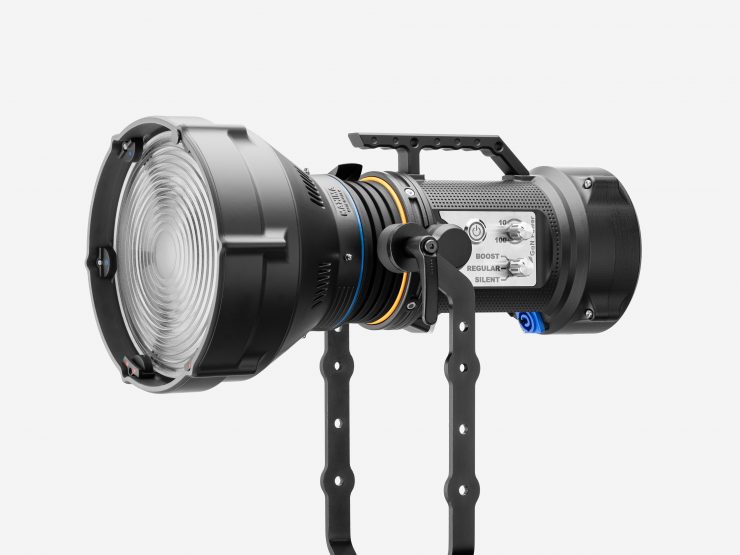Maxima has announced its new Maxima 6 MK II. This is the Mark II version of the original Maxima 6. It has been designed for professional photographers and videographers who demand exceptional lighting performance.
I reviewed the original Maxima 6 GaN on the site and found it to be a well-made, well-thought-out fixture with exceptionally good color accuracy and a decent amount of output. I liked the all-in-one design and the attention to detail.
Maxima makes very unique lights that are developed with the direct input of DOPs and photographers around the world. After extensive testing and refinement, Maxima has come up with this new enhanced version, which builds on the experience and feedback of those who used the original Maxima 6.
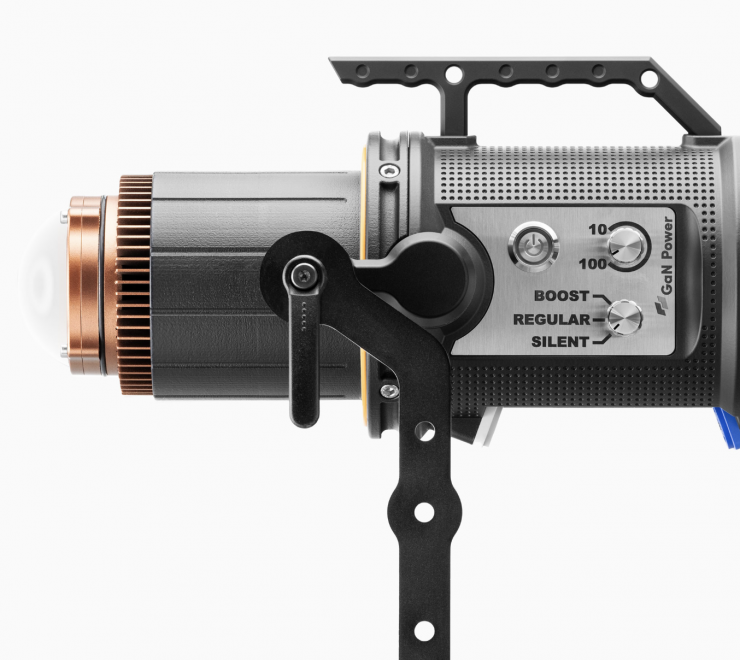
Key Improvements
- Longer throw zooming neck.
- 20% reduction in noise thanks to an improved air flow.
- 10% increase in light output.
- New stainless steel control panel for better readability.
- Slightly increased efficiency at 123 lumens per watt.
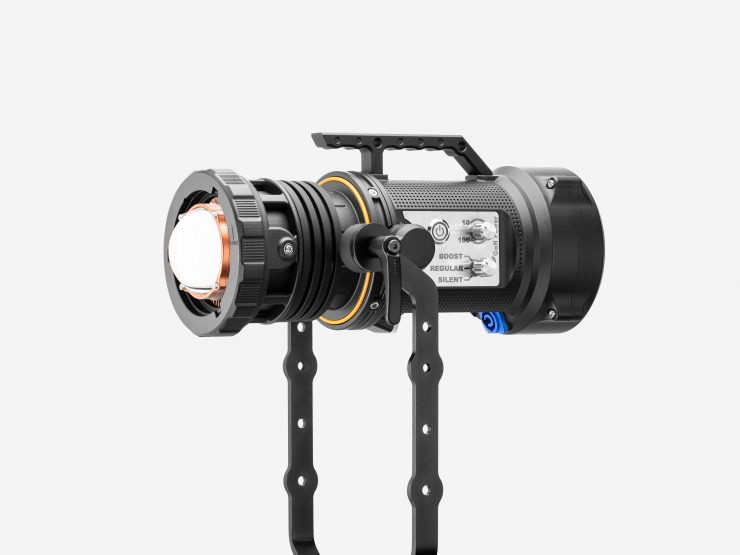
The Maxima 6 Mark II features a longer throw zooming neck, a 20% reduction in noise, and a 10% increase in light output, all while maintaining its efficient 600W power draw.
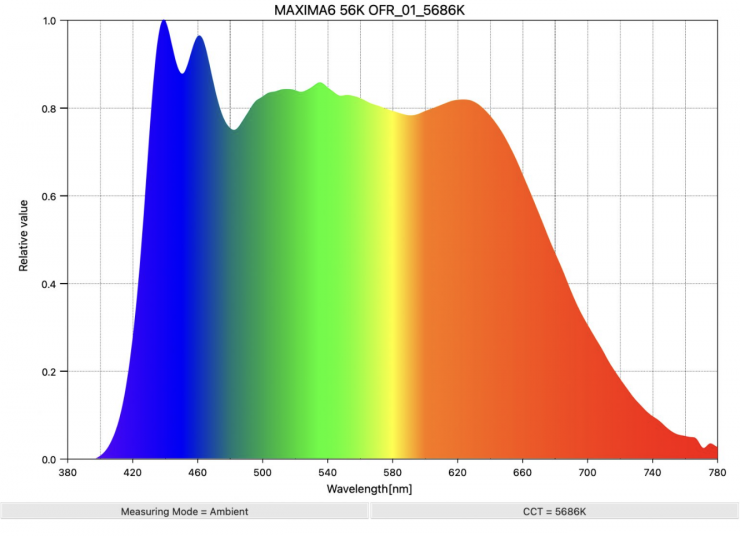

Spectral distribution of the original Maxima 6 GaN 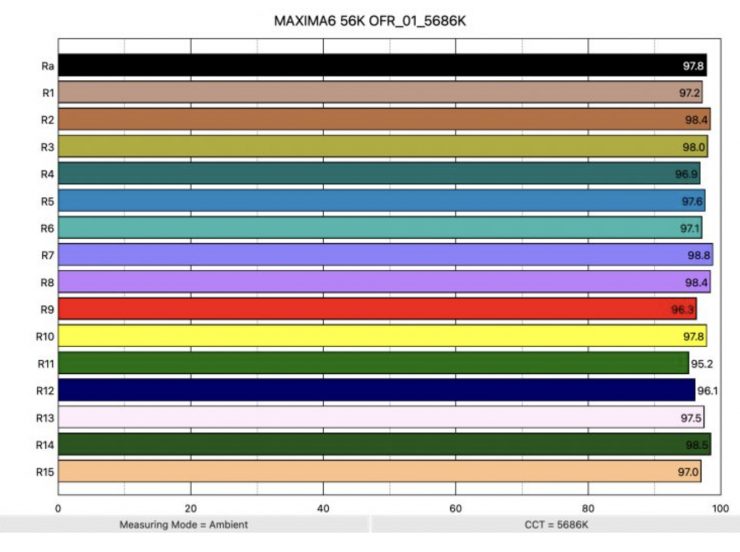
CRI scores for the original Maxima 6 GaN 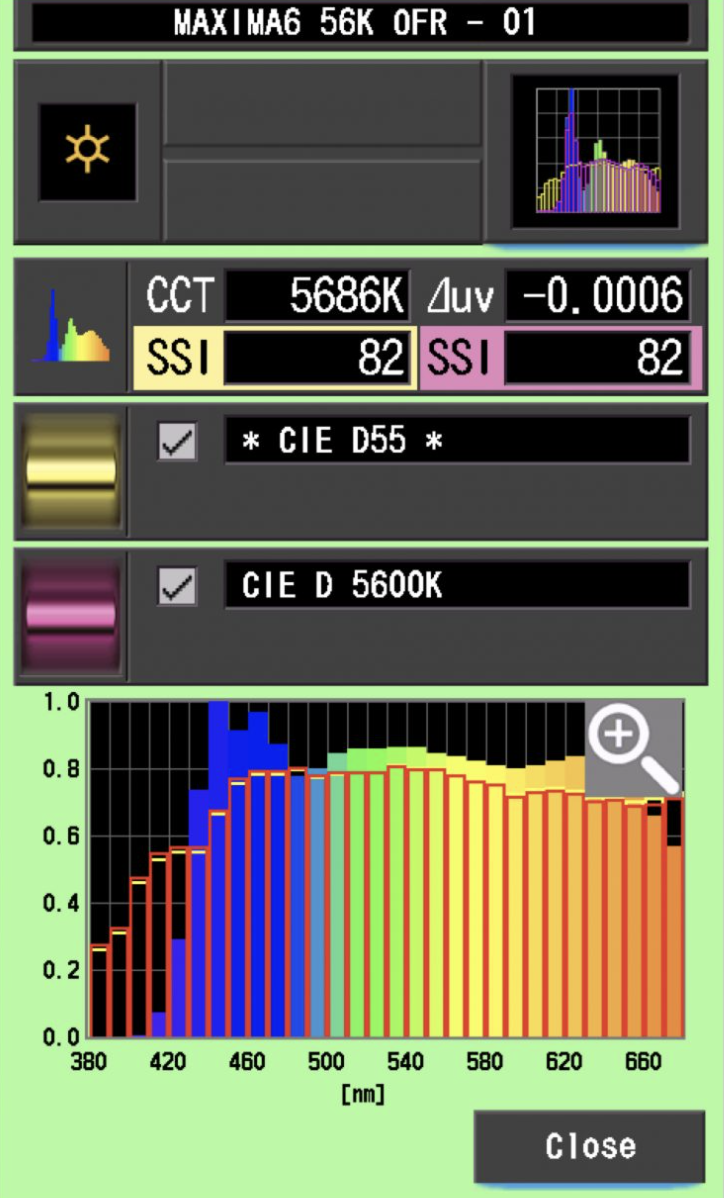
SSI of the original Maxima 6 GaN
Maxima features a 98.6 CRI and a perfect 100 TLCI. Its consistent color spectrum shows no deviation from the white point, providing unrivaled color rendition. These exceptional performances are rigorously tested using industry-standard Sekonic tools and verified by renowned professionals through independent assessments. Some of these independent tests are available here, and here.
The Maxima 6 Mark II’s LED lamp is driven by gallium nitride circuitry, which makes it capable of having a very high lux-to-weight ratio, best-in-class efficiency, and high CRI color rendition. GaN semiconductors are inherently more efficient than silicon, so less energy is expended as heat, resulting in a more efficient system with a higher power density (smaller volume).
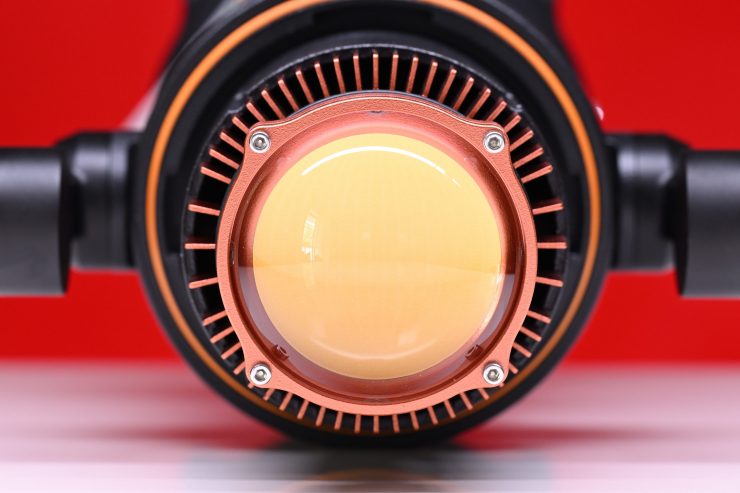
According to Maxima, the patented, full copper heatsink combined with advanced thermal management puts Maxima 6 MKII at the top levels of performance charts, both in terms of brightness and compactness.
The increased efficiency obtained with GaN circuitry and the innovative thermal management subsystem is claimed to guarantee consistency and peak performance for years.
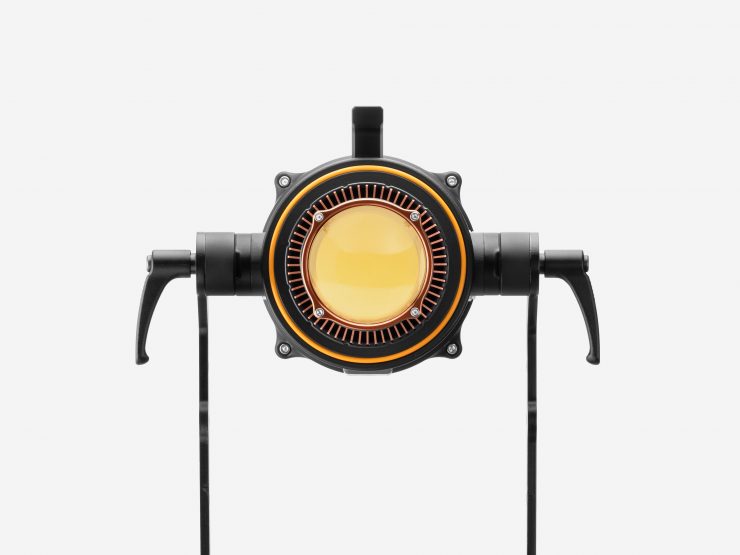
Thanks to the Gallium Nitride circuitry, you can operate the Maxima 6 MKII with any third-party DC source (like Bebop, FXLion, ARRI, etc.) from 35 to 75 V.
Gallium Nitride is a binary III/V direct bandgap semiconductor that is well-suited for high-power transistors capable of operating at high temperatures. Since the 1990s, it has been used commonly in light-emitting diodes (LED). Gallium nitride gives off a blue light used for disc-reading in Blu-ray. Additionally, gallium nitride is used in semiconductor power devices, RF components, lasers, and photonics. In the future, we will see GaN in sensor technology.
In 2006, enhancement-mode GaN transistors, sometimes referred to as GaN FETs, started being manufactured by growing a thin layer of GaN on the AIN layer of a standard silicon wafer using metal organic chemical vapor deposition (MOCVD). The AIN layer acts as a buffer between the substrate and GaN. This new process enabled gallium nitride transistors to be producible in the same existing factories as silicon, using almost the same manufacturing processes. Using a known process allows for similar, low manufacturing costs and reduces the barrier to adoption for smaller transistors with much-improved performance.
To further explain, all semiconductor materials have what is called a bandgap. This is an energy range in a solid where no electrons can exist. Simply put, a bandgap is related to how well a solid material can conduct electricity. Gallium nitride has a 3.4 eV bandgap, compared to silicon’s 1.12 eV bandgap. Gallium nitride’s wider band gap means it can sustain higher voltages and higher temperatures than silicon MOSFETs. This wide bandgap enables gallium nitride to be applied to optoelectronic high-power and high-frequency devices.
The ability to operate at much higher temperatures and voltages than gallium arsenide (GaAs) transistors also makes gallium nitride ideal power amplifiers for microwave and terahertz (ThZ) devices, such as imaging and sensing, the future market mentioned above.
ADVANTAGES OF GALLIUM NITRIDE
The value proposition for GaN devices consists of four major points:
Reduced energy costs – Because GaN semiconductors are inherently more efficient than silicon, less energy is expended as heat, resulting in smaller system sizes and material costs.
Higher power density (smaller volume) – Higher switching frequencies and operational temperatures than silicon result in lower cooling requirements, smaller heat sinks, conversion from liquid-cooling to air cooling, eliminating fans and reduced magnetics.
Higher switching frequency – The higher switching frequencies for GaN devices allow smaller inductors and capacitors to be used in power circuits. The inductance and capacitance scale down in proportion to the frequency – a 10X increase in frequency produces a 10X decrease in the capacitance and inductance. This can result in an enormous decrease in weight and volume, as well as cost. In addition, higher frequency can result in less acoustic noise in motor drive applications. High frequency also enables wireless power transfer at higher powers, more spatial freedom and bigger transmit to receive airgaps.
Lower system cost – While GaN semiconductors are generally higher cost than silicon, system-level cost reductions result through the use of GaN by reducing the size/costs of other components such as passive inductive and capacitive circuit elements, filters, cooling, etc. Savings range from 10-20%.

A new, stainless steel control panel allows for a better readability of the settings. By utilizing patent-pending cooling technology, the Maxima 6 Mark II now delivers an impressive 123 lumens per watt, producing over 60,000 lumens with the same color accuracy as its predecessor.

The Maxima 6 MK II utilizes Maxima’s custom-designed hyperbolic aspherical lens. Thanks to this precise piece of fine engineering, the output of Maxima 6 is more concentrated in a hyperbolic “bent” shape so that it actually provides an even larger luminous output and more precise coverage of typical softboxes and lanterns.
The aspherical lens can be detached from the front of the LED by simply unscrewing it.
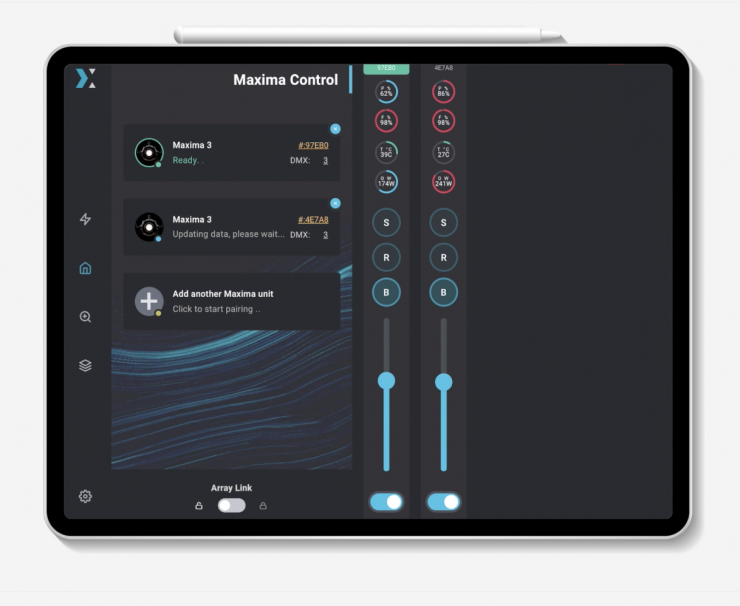
Minimalistic, purely-analog knobs on Maxima body are paired with in-depth control over any of its features from the MaximaControl app, which lets you command up to 8 units simultaneously, triggering fully customizable effects and creating arrays on the fly with the unique “Environment” view.
Maxima 6 is made of a high-tech polymer that is both heavy-duty and sustainable. It is manufactured in a process that produces zero waste in Maxima’s own factories in Central Italy.
Price & Availability
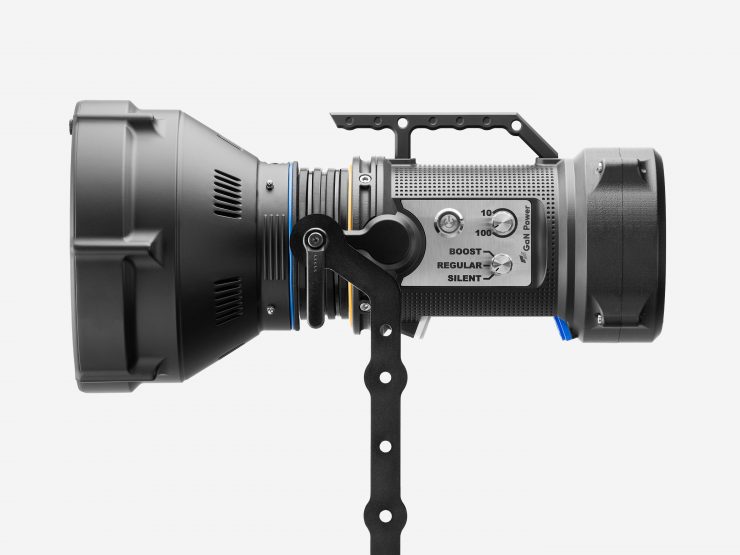
The Maxima 6 Mark II Version is already available for purchase at Maxima’s online shop or at any of its Maxima Partners worldwide. It retails for 2,999 €.
Upgrade your Maxima 6 to a Mark II
Maxima takes great pride in following up with its customers in an almost one-to-one relationship. That is why they are offering an industry-first upgrade program for every Maxima 6 owner. For just 480 € they will upgrade your unit to the Mark II hardware and software, completely refurbishing it and with a renewed warranty period of 2 years.
It is fantastic to see a lighting company do this and it shows that they care about their customers. More lighting companies should be doing this.


